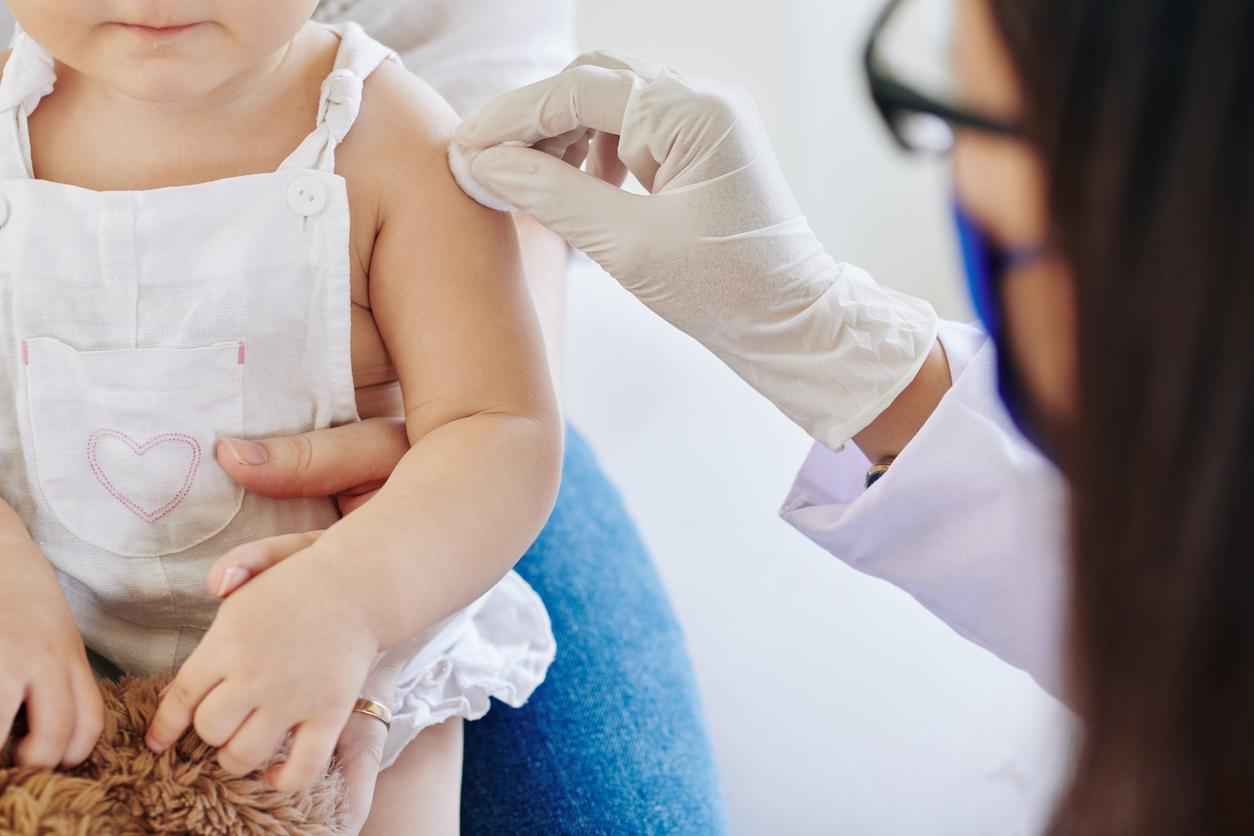On the occasion of the day against meningitis, an association estimates the cost of the damage caused by the disease. The physical and neurological sequelae represent 4.6 million euros.

Meningitis kills little but causes heavy damage to its victims. Their cost in terms of health and daily support is all the more regrettable as it could be avoided by systematically vaccinating. However, vaccination coverage is far from optimal. On the occasion of World Meningitis Day, the association ” Meningitis France – Association Audrey »Provides an estimate of the financial burden of the sequelae of an invasive meningococcal infection (IIM).
30% after-effects two years later
Meningitis is fatal in 5-10% of cases. About the same proportion leaves the hospital, cured of the infection but with serious consequences, such as deafness, amputation of the lower limbs or neurological disorders. After two years, according to this study, 30% of children affected by an invasive meningococcal infection suffer from sequelae. In most cases, it is the inflammation caused by the infection that weighs the heaviest, explains Dr Catherine Weil-Olivier, professor of pediatrics at Paris-Diderot University.
Dr Catherine Weil-Olivier, professor of pediatrics at Paris-Diderot University: “ Bacterial meningitis is inflammatory. We are not efficient enough on this part, and its consequences are responsible for sequelae. “
The most serious sequelae, such as amputation, represent a long-term burden. According to the estimates provided by this study, the cost for a child with purpura fulminans having undergone an amputation amounted to 3.4 million euros over his lifetime. Prostheses and other specialized equipment account for a large part of these expenses (50%). The second estimate considers the case of a girl whose neurological sequelae will require institutionalization in adulthood. Health and support expenses will represent more than 4.6 million euros over the course of his life.
Dr Catherine Weil-Olivier : ” A child with purpura fulminans with an amputation comes at a cost. Over a lifetime, 100 to 400,000 € of this will remain the responsibility of the family. “
Vaccination: the only weapon of prevention
These sequelae could be avoided in a simple way: by vaccinating the target population as soon as possible. Several vaccines exist; those against meningococci type A, C, Y and W are recommended. Moreover, the latest vaccination schedule recommends the administration of a dose of vaccine against type C IMD to anyone between 1 and 24 years of age. Low success since 20 to 30% of the population is not vaccinated in the country. The recent cases of lightning meningitis unfortunately confirm this: young people are not protected against these infections. This is what regrets Dr Muhamed-Kheir Taha, head of the National Meningococcal Reference Center at the Pasteur Institute: too many young adults are not immunized.
Dr Muhamed-Kheir Taha, head of the National Meningococcal Reference Center at the Institut Pasteur: “ Among 20-24 year olds, we have 4% coverage. Carriage and circulation rates are highest between 16 and 24 years old. These are the populations that must be targeted. “
“It is important that the public authorities maintain a policy to combat MDI through vaccination programs, information campaigns and the marketing of vaccines to effectively fight against the various serogroups of meningococci and pneumococcus currently circulating. in France ”, underlines the study in conclusion. Meningitis B poses a delicate problem: it is the most virulent form, it represents 74% of infections … but the reference vaccine, Bexsero, is only recommended in hyperendemic areas (Normandy, Picardy ) as well as with populations at risk. The UK has recommended it for everyone. The future will tell if the decision will be followed on this side of the Channel.
.

















